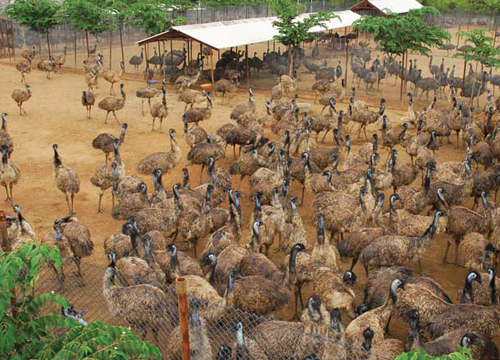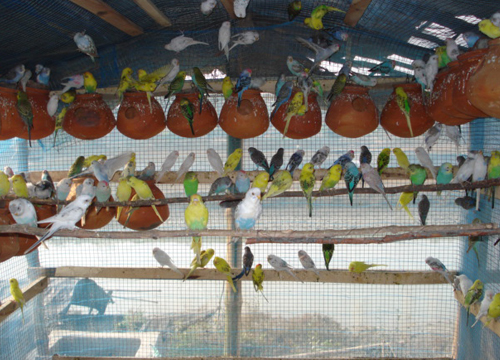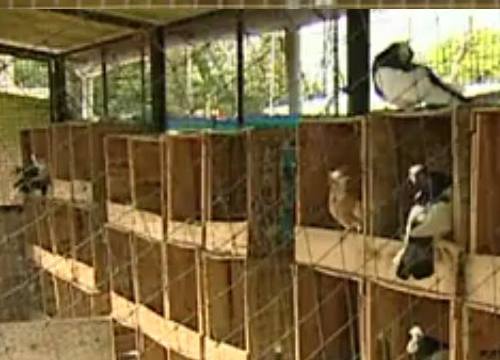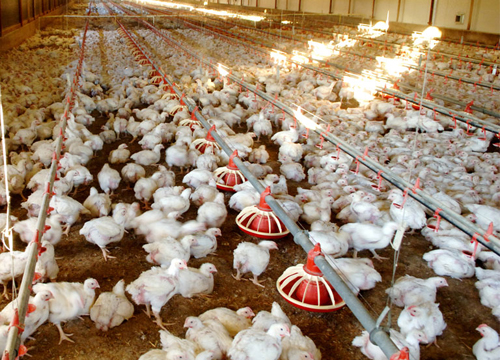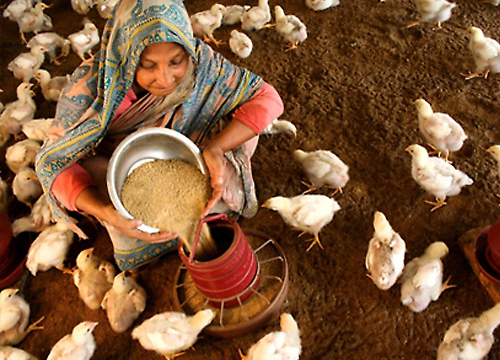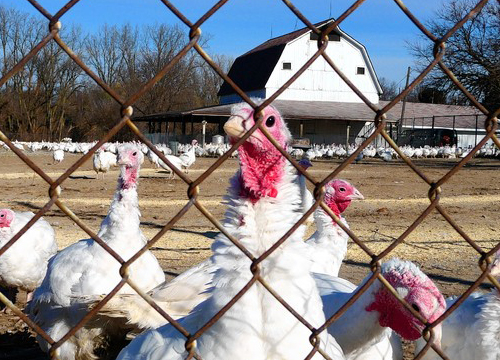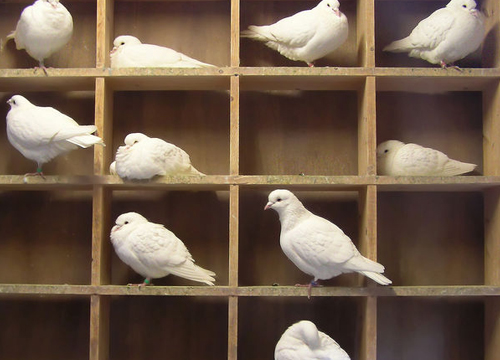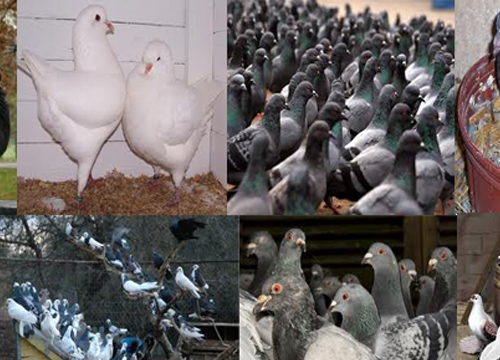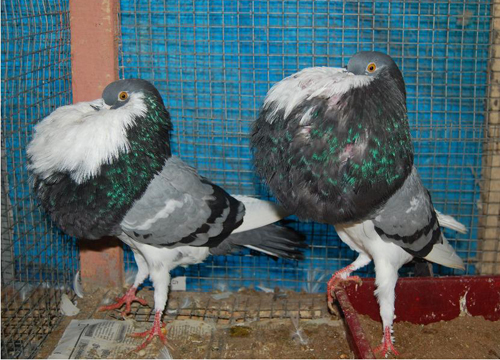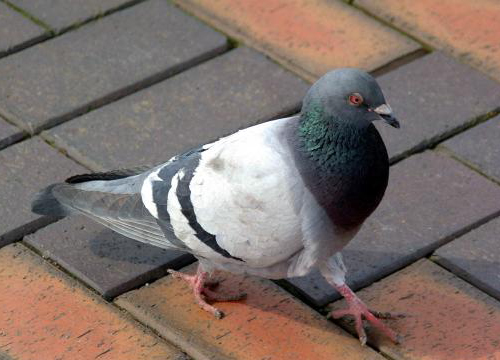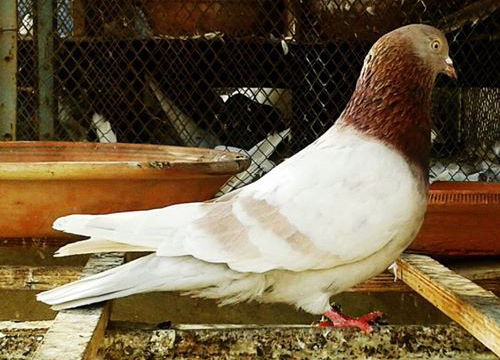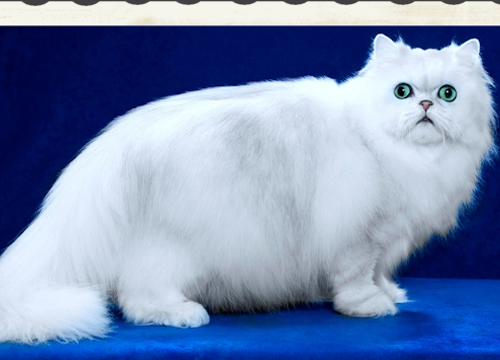Description
Coturnix Chick:
 Young coturnix are yellowish in appearance with stripes of brown and somewhat resemble turkey poults except for size. The newly hatched chicks weigh about 6 to 7 grams, but grow rapidly during the first few days. After three days flight feathers begin to appear and the birds are fully feathered about four weeks of age. Partial sexing is possible by three weeks of age by the cinnamon-colored feathers on the breast of the male bird, but there are some birds that defy definite sexing by this method, eve n when adults.
Young coturnix are yellowish in appearance with stripes of brown and somewhat resemble turkey poults except for size. The newly hatched chicks weigh about 6 to 7 grams, but grow rapidly during the first few days. After three days flight feathers begin to appear and the birds are fully feathered about four weeks of age. Partial sexing is possible by three weeks of age by the cinnamon-colored feathers on the breast of the male bird, but there are some birds that defy definite sexing by this method, eve n when adults.
Adult Male:
Male (right) and Female (left) Quails 
The adult male coturnix weighs about 100 to 140 grams (3 1/2 to 5 ounces). The male birds can be identified readily by the rusty brown colored feathers on the upper throat and lower breast region. Males also have a cloacal gland, a bulbous structure located at the upper edge of the vent which secretes a white, foamy material. This unique gland can be used to assess the reproductive fitness of the males (Cheng, Hickman and McIntyre (1985). The young birds begin to crow at 5 to 6 weeks old. Sanford (19 57) described the voice of the male as a loud, castanet-like crow, producing sound as "pick-per awick" or "ko-turro-neex". During the height of the normal breeding season, coturnix males will crow throughout the night.
Adult Female:
The adult female coturnix are slightly heavier than the male, weighing from 120 to 160 grams (4 to 5 1/2 ounces). The body coloration of the female bird is similar to the male except that the feathers on the throat and upper breast are long, pointed, an d much lighter cinnamon. Also, the light tan breast feathers are characteristically black-stippled.
feathers are characteristically black-stippled.
Quail Eggs:
Coturnix eggs are characterized by a variety of color patterns. They range from snow white to completely brown. More commonly they are tan and dark brown speckled or mottled brown with a chalky blue covering. The average egg from mature female weighs a bout 10 grams (1/3 ounce), about 8 percent of the body weight of the quail hen as compared to 3 percent for chicken eggs. The egg of Japanese quail contains 158 Cal. of energy, 74.6% water, 13.1% protein, 11.2% fat, and 1.1% total ash. The mineral content includes 0.59 mg calcium, 220 mg phosphorus and 3.8 mg iron. The vitamin content is 300 i.u. of vitamin A, 0.12 mg of vitamin B1, 0.85 mg of vitamin B2 and 0.10 mg nicotinic acid.
tan and dark brown speckled or mottled brown with a chalky blue covering. The average egg from mature female weighs a bout 10 grams (1/3 ounce), about 8 percent of the body weight of the quail hen as compared to 3 percent for chicken eggs. The egg of Japanese quail contains 158 Cal. of energy, 74.6% water, 13.1% protein, 11.2% fat, and 1.1% total ash. The mineral content includes 0.59 mg calcium, 220 mg phosphorus and 3.8 mg iron. The vitamin content is 300 i.u. of vitamin A, 0.12 mg of vitamin B1, 0.85 mg of vitamin B2 and 0.10 mg nicotinic acid.


